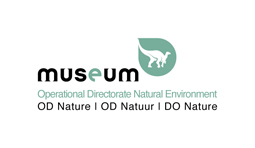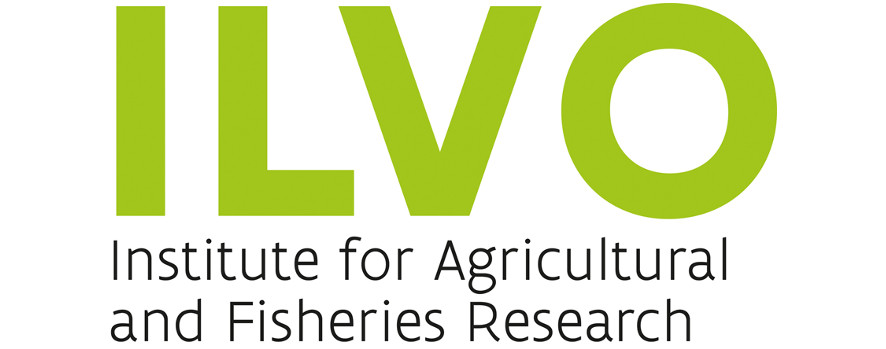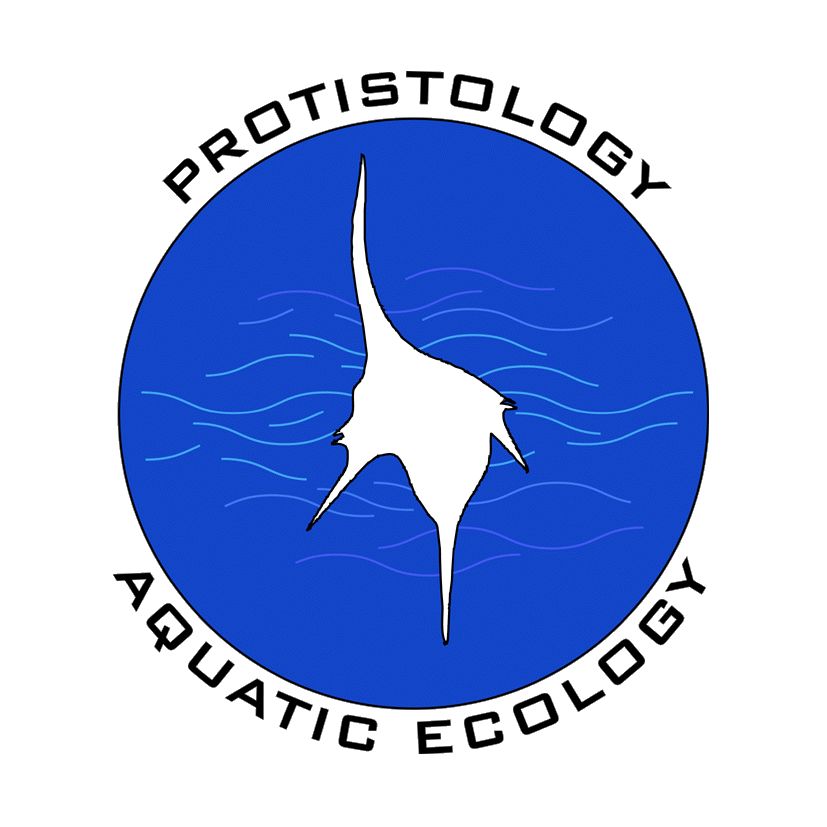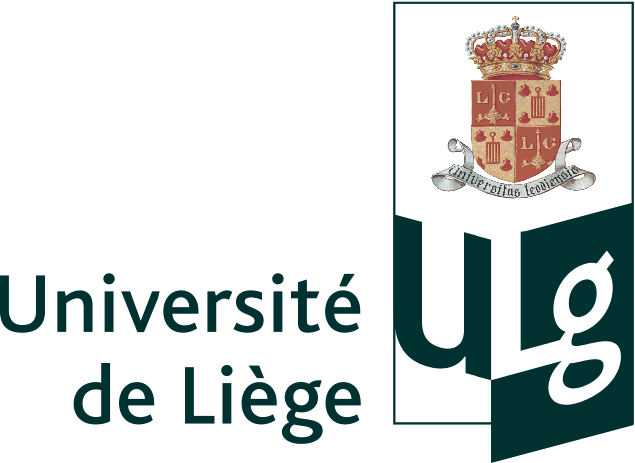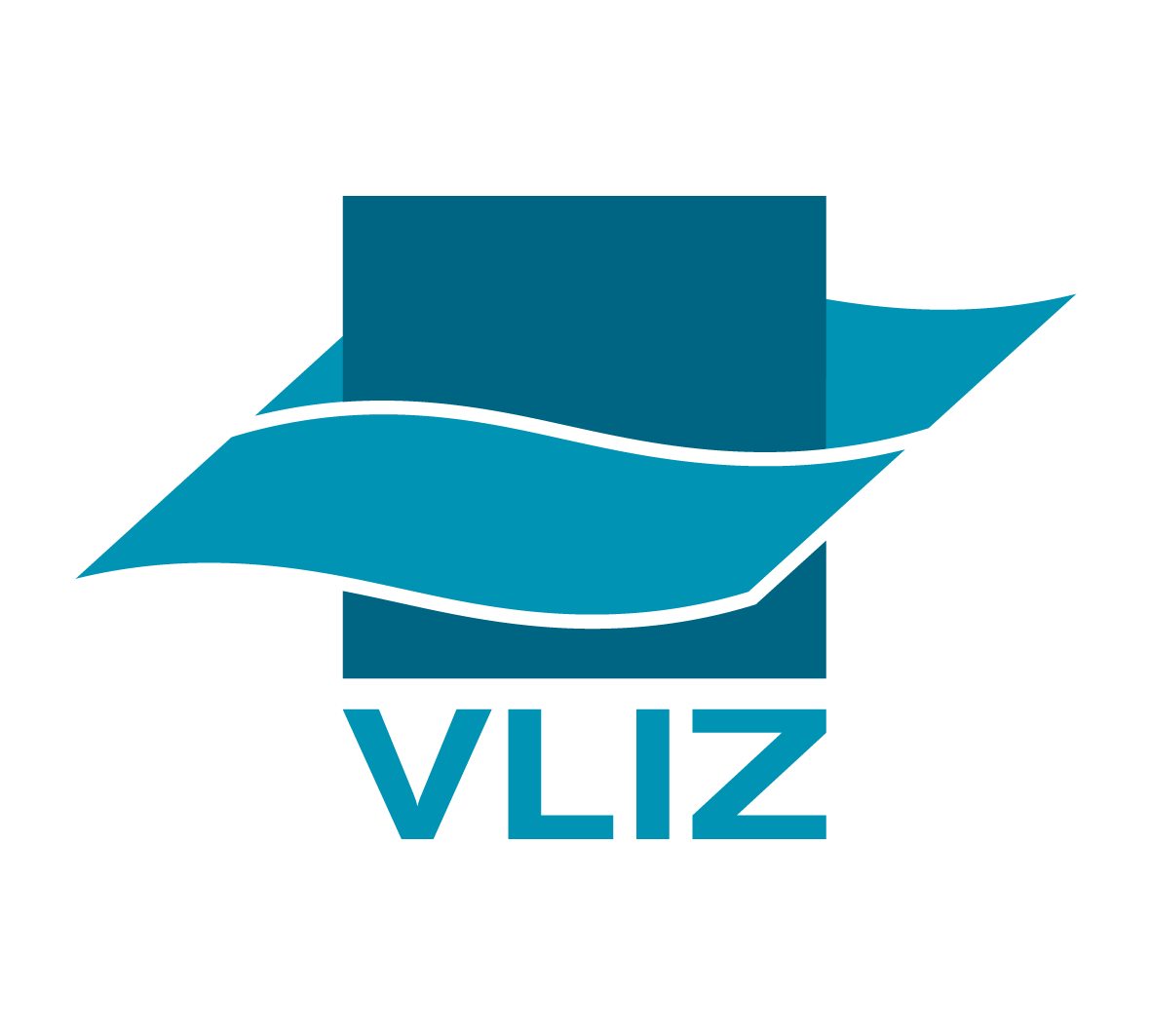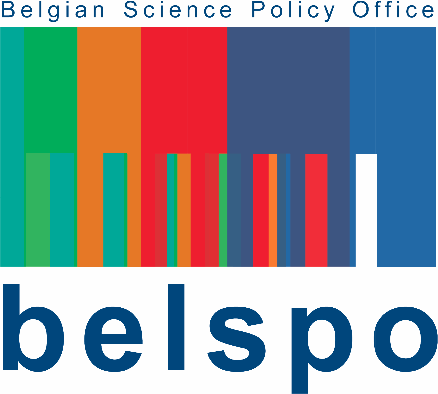4 decades of Belgian marine monitoring
uplifting historical data to today's needs
The Belgian scientific community has, in the last four decades, built up considerable expertise in marine sciences (see Compendium Coast and Sea). Numerous scientific expeditions at sea have resulted in a vast quantity of scientific data related to different topics and important publications in the scientific literature about the marine environment of the Belgian Continental Shelf. Many valuable, historic data however still remain inaccessible to the larger scientific community, being available only on paper in various institutions. These sources are essential for understanding long-term changes in the quality of the marine environment. The 4DEMON project aims to centralise, integrate and valorise data on contamination, eutrophication and ocean acidification compiled during expeditions in the BCS over the last four decades, forming an important Belgian scientific heritage.

